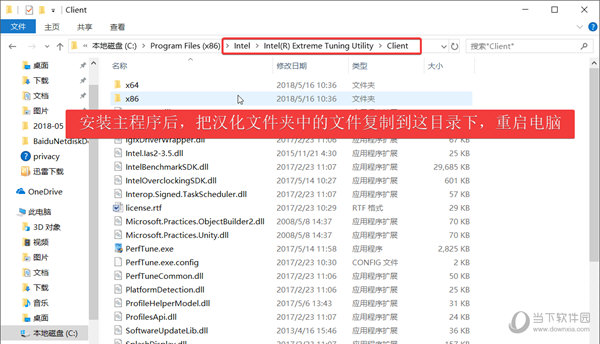
(For the 13900K/KF, that would be 55x.)ĥ) Set your all-core overclock for the E-Cores to whatever your stock turbo is for your chip. (Leave this on Auto if you don't know what this is.)Ĥ) Set your all-core overclock for the P-Cores to whatever your stock turbo is for your chip. MSI Mode 5, ASUS Mode 4, etc.)ģ) Optimize your AC_LL and DC_LL (or Lite Load in MSI) to your desired settings. Some compromises can be made in case you value low loads more than high loads, but not vice versa (due to limitations with Intel XTU and Intel's downclocking algorithms as a whole).ġ) Set your motherboard to Adaptive Voltage, and plug in 1.45V (a reasonably good spot to be stable for high frequency, low load overclocks).Ģ) Set your Load Line Calibration (LLC) to any mode that has a good amount of Vdroop. For the 13900K/KF, that would be 55x/43x/45x, P-Cores/E-Cores/Ring. The goal of this guide is to allow you to push your chip as far as possible during low loads, while still trying to maintain the default stock clocks that your CPU comes with during high loads. Stress Testing: Cinebench R23 (High Load) AND TM5 1usmus (Low Load) AND whatever your desired low load is (whether it be a game or production software, etc.) I may or may not add screenshots to this guide, depending on how lazy I am. Also, if you intend to overclock your memory manually, please do so before going through this guide. This guide is not meant for absolute beginners, so unlike the previous guide that I wrote, I will be generalizing steps under the expectation that you should be able to figure them out yourself for your particular motherboard. This guide will help you bring out the best of your chip, and it should work for all motherboard brands, not strictly MSI.



Naturally, the best solution would be to buy a better binned chip if you want to have the best overclocks, but sometimes you may be stuck with a mediocre bin and have no choice but to make do.


 0 kommentar(er)
0 kommentar(er)
